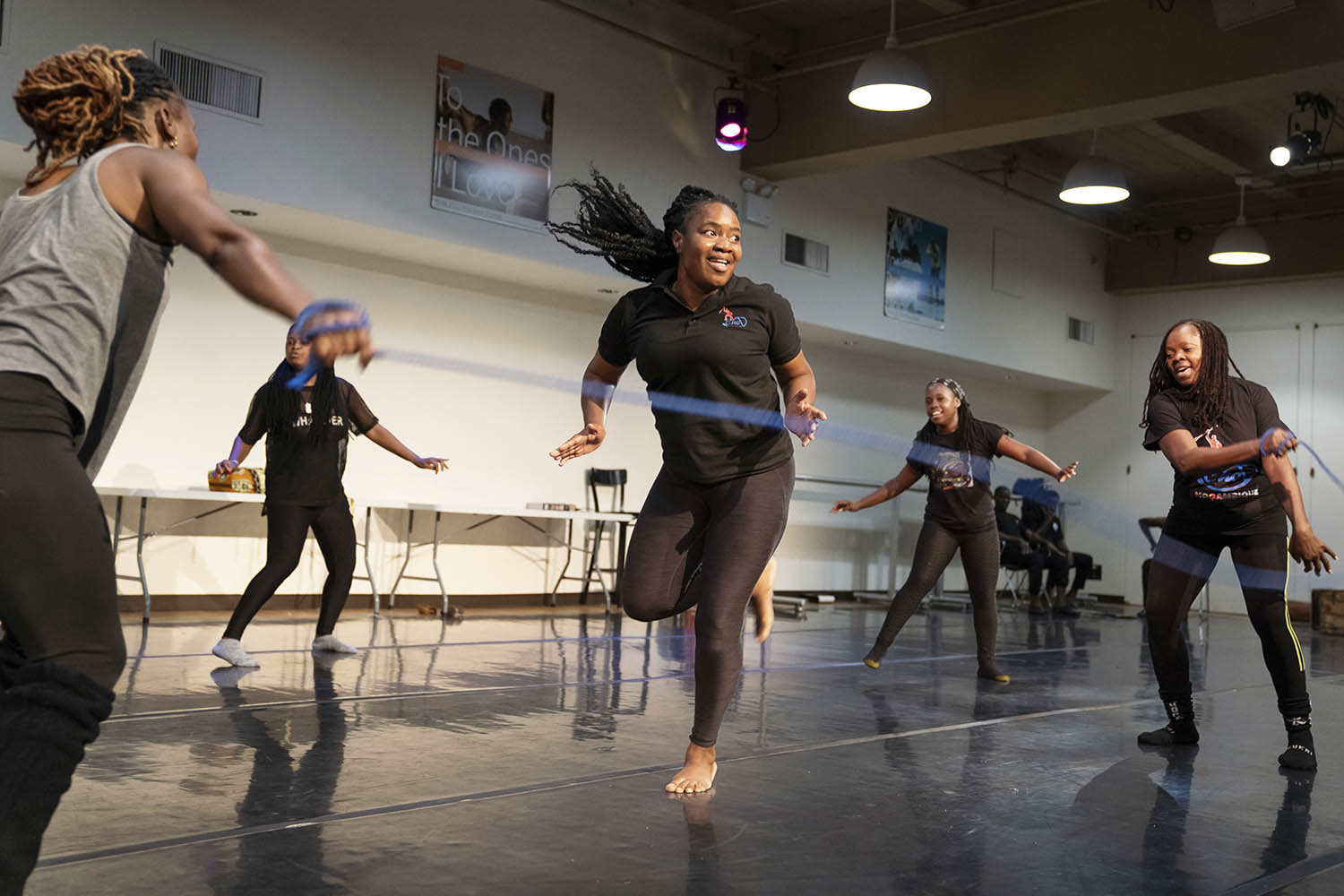Party like it’s 2025
Mozambique’s beachside capital, Maputo, boasts one of Africa’s liveliest music scenes, blending local styles with rhythms from Portugal, the former colonial power, and modern beats from across the continent.
Last week, it hosted the Azgo festival (the name is local slang for “let’s go”). Over two nights, the crowd was treated to Afrobeat artists from South Africa, homegrown reggae and some of Africa’s best DJs.
Down the coast from Maputo, another festival took place last week: the Subterranean Rhythm and Blues Experience. Founded by a group of scuba divers in 2003, it is now one of southern Africa’s biggest gatherings of blues artists.
Celebrating the ocean
Maputo’s Museum of the Sea is displaying objects Mozambique took to the World Expo in Osaka. Among them are traditional fishing nets, wooden canoes and black-and-white photos of fishers hauling their catches on to beaches.
The displays are timely: overfishing has decimated many of Mozambique’s coastal communities, which once thrived from plentiful fish stocks. Illegal commercial trawling costs the country tens of millions of dollars every year.
But there are glimmers of recovery. In some areas, strong conservation measures have seen catches rise.
Peace through dance
During Mozambique’s brutal civil war, which lasted from 1977 to 1992, the Song and Dance Company tried to spread a nationwide message of peace through dance. Now the official national dance troupe, it features dancers from every corner of the country, representing Mozambique’s diverse regional styles. These include Nssope, in which two dancers take turns skipping over a long rope. The tempo starts slow before doubling and then tripling, with dancers sometimes clearing the rope from a lying down position.
Last week, the company headlined the DanceAfrica festival in New York. “We tell everyone what is going on in the country or in the world,” choreographer and dancer Maria José Gonçalves told the New York Times.
Photograph by Julieta Cervantes/New York Times

